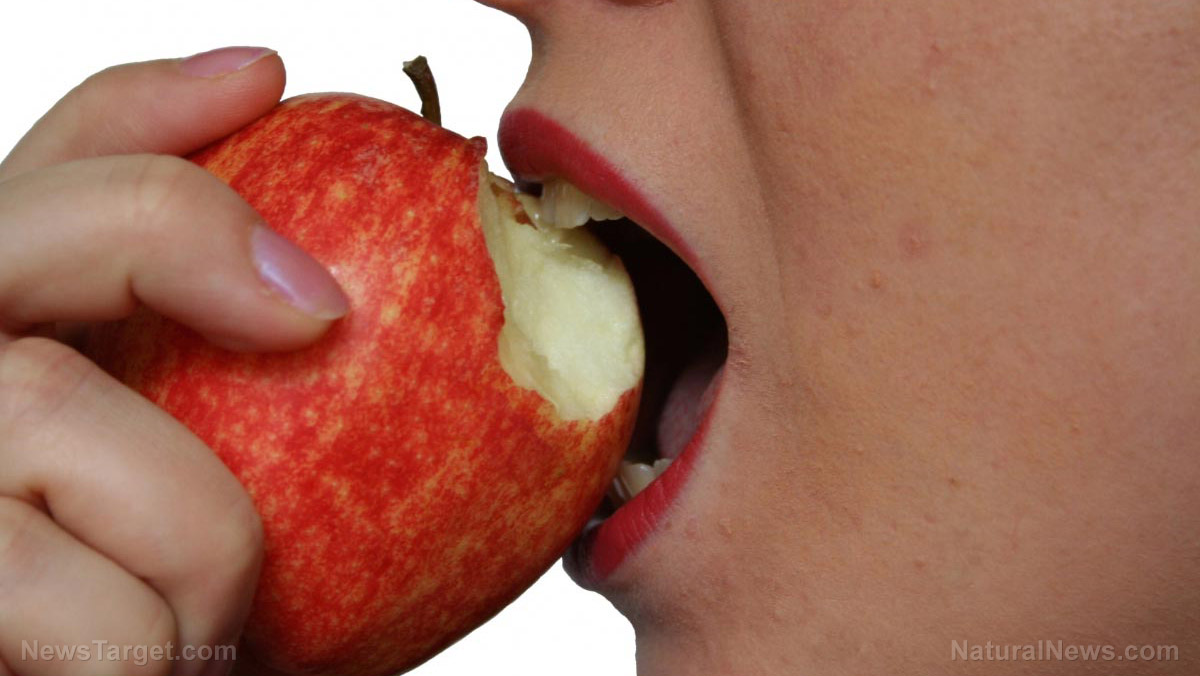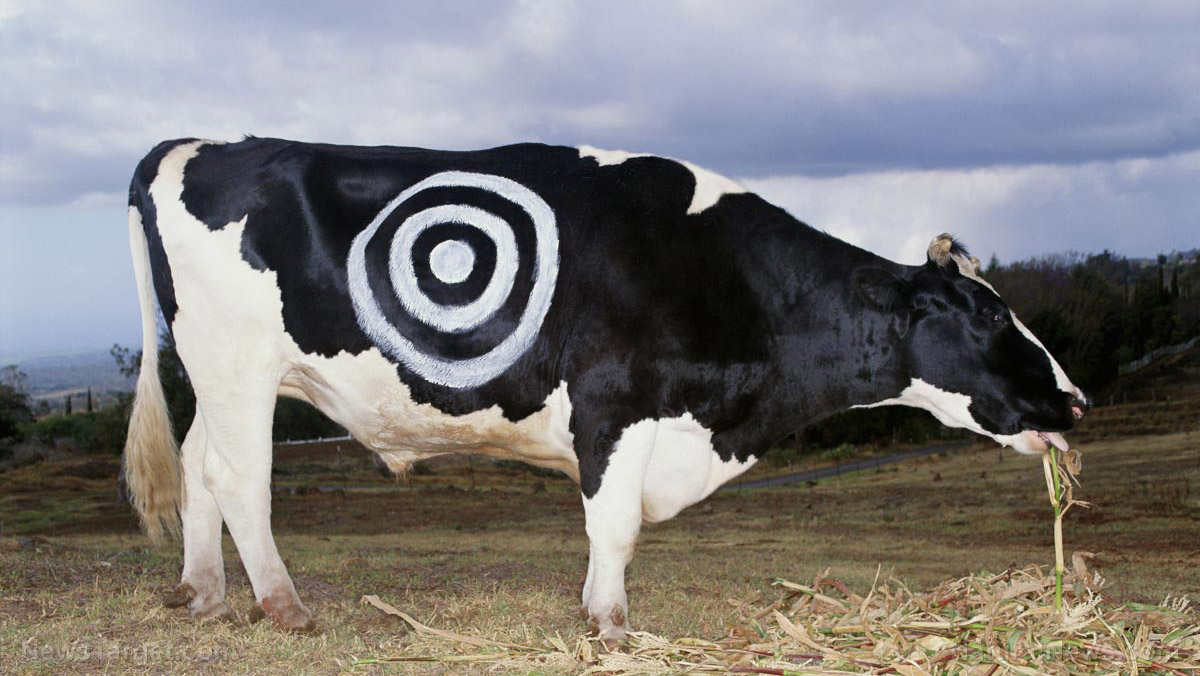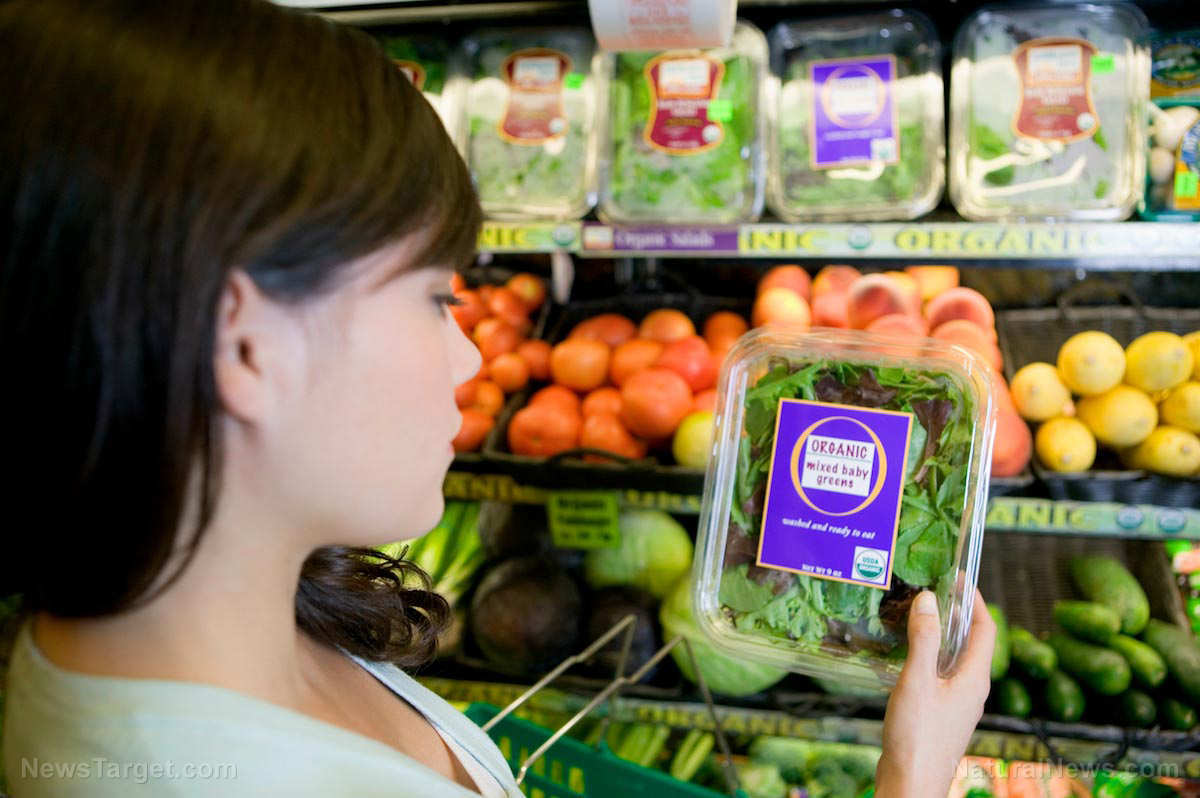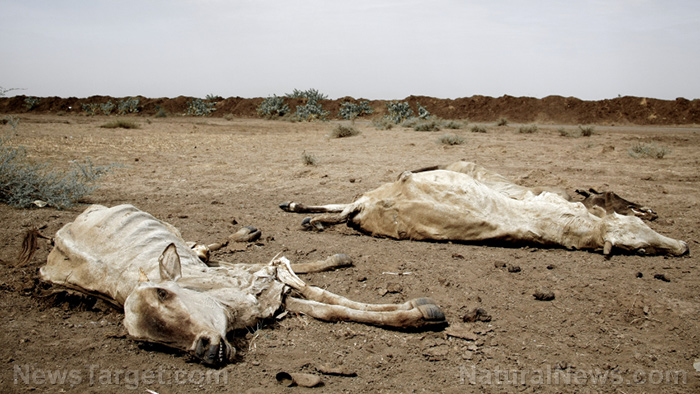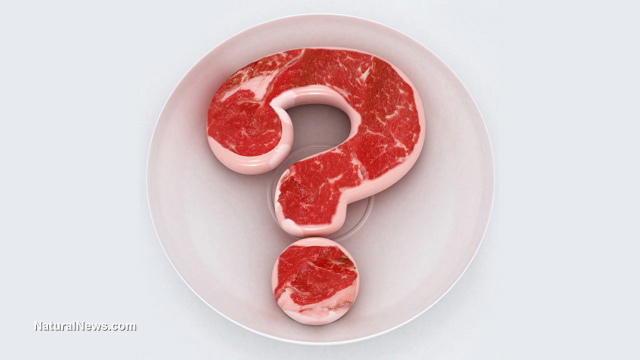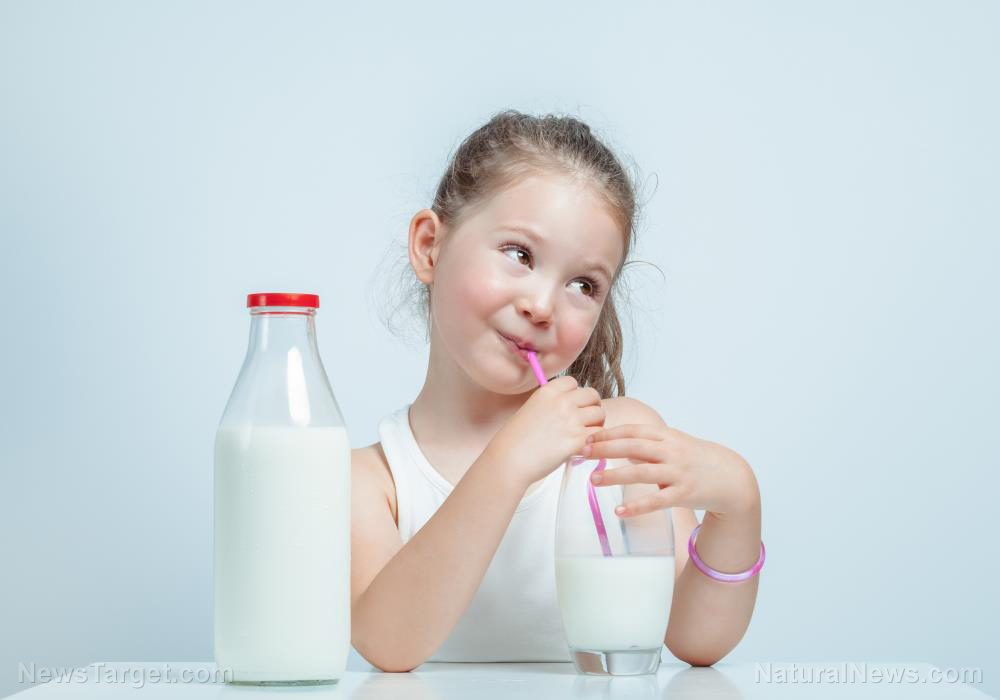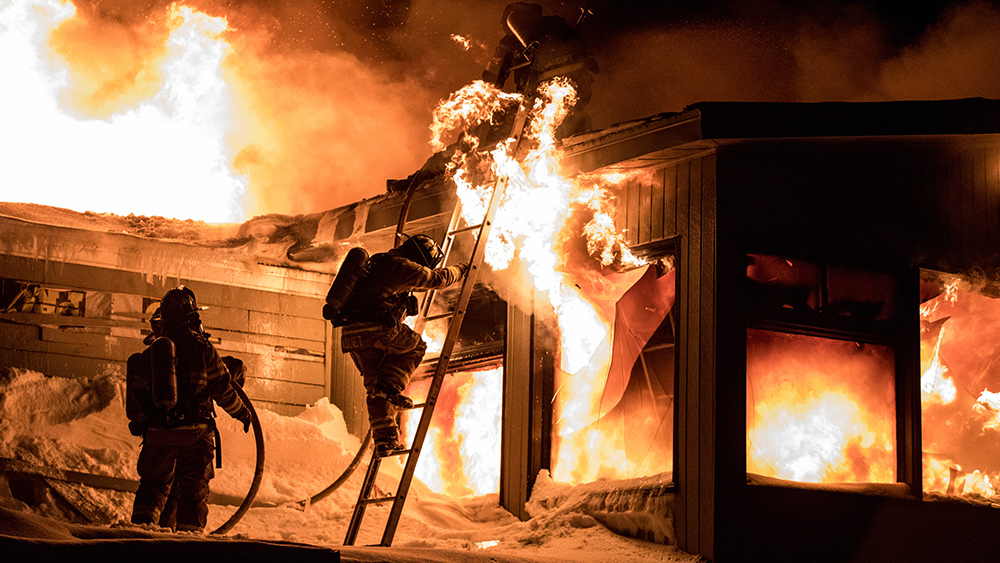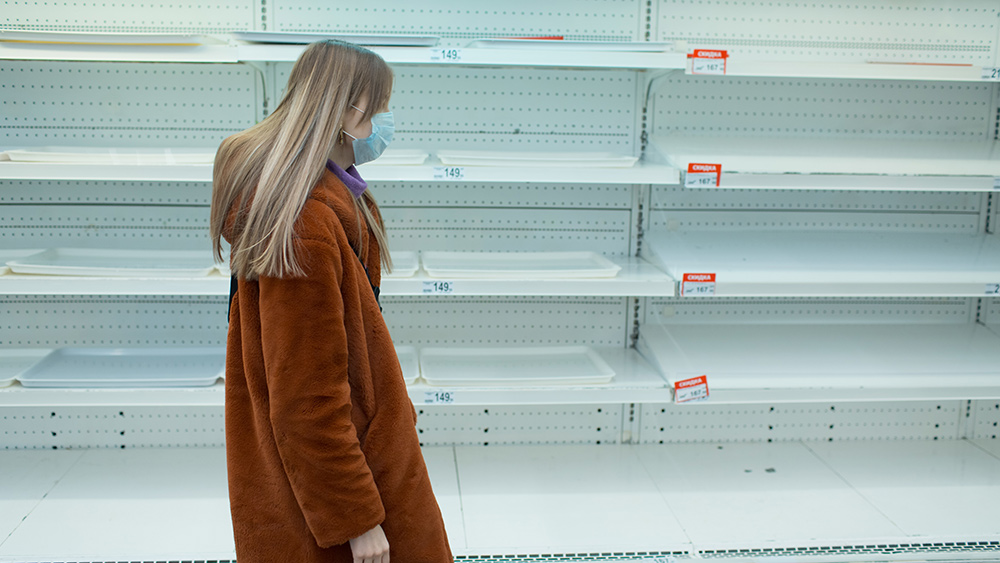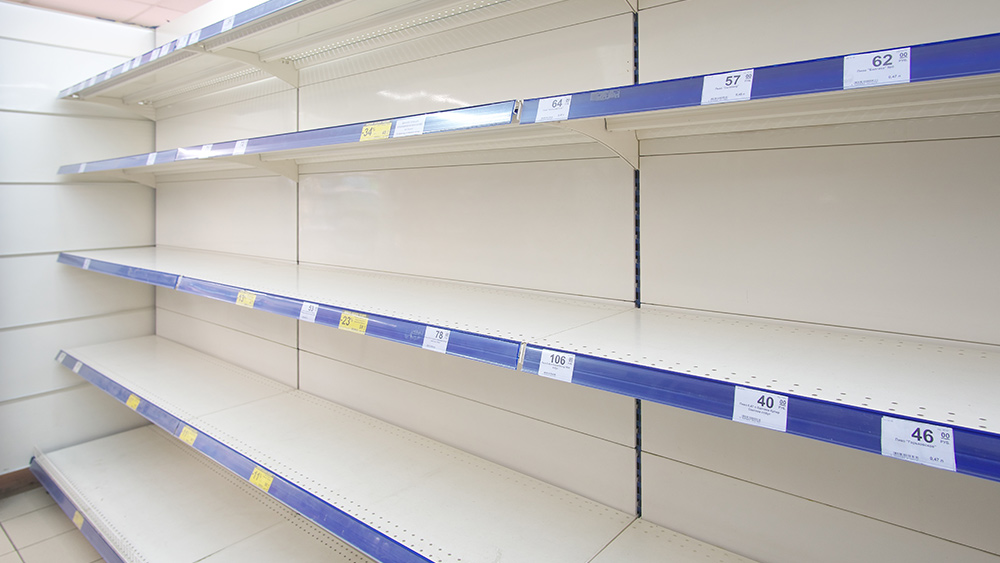Still no end in sight: Food inflation soars to highest level in 42 years
07/01/2022 / By Arsenio Toledo

Food prices in the United States have once again shot up, this time at their fastest annual pace in 42 years.
According to data released by the Department of Commerce on June 30, the personal consumption expenditures price index showed food prices in May 2022 increasing by 11 percent year-over-year. Furthermore, the Bureau of Labor Statistics’ Consumer Price Index noted that year-over-year inflation accelerated by 8.6 percent in May.
This is the highest annual inflation rate since 1980. This is also the 11th consecutive month that food prices have climbed in the country. (Related: Nonpartisan Congressional Budget Office predicts SKY-HIGH food inflation to persist until 2023.)
Food producers warn that the consequences of soaring fuel and fertilizer costs have yet to fully make their way into the food production supply chain.
“Usually, what we see on the farm, the consumer doesn’t see for another 18 months,” said John Chester, a farmer from Tennessee who grows wheat, soybeans and corn.
“People don’t realize what’s fixing to hit them,” warned Texas farmer Lynn Allen. “They think it’s tough right now, you give it until October. Food prices are going to double.”
Roger Cryan, chief economist for the American Farm Bureau Federation, the higher food costs are not making the economic crisis easier for America’s farmers.
“Despite higher food prices, the supply chain disruptions and inflation have made farm supplies more expensive. Like consumers, farmers are price-takers, not price-makers,” said Cryan. “Bottom line, in many cases the higher prices farmers are being paid aren’t covering the increase in their farm expenses. The cost of fuel is up and fertilizer prices have tripled.”
Addressing big picture concerns related to food security, Farm Bureau President Zippy Duvall warned that vulnerabilities in the American food supply chain could cause food security concerns to appear around the world, especially in countries dependent on American food exports.
Independence Day cookouts will cost Americans a lot more this year
According to a recent survey conducted by the Farm Bureau, the prices of Fourth of July staples have increased by as much as 36 percent compared to their prices last year.
The survey noted that the average cost of a cookout involving 10 people will cost $69.68 more. This is a 17 percent increase from 2021.
Ground beef saw the biggest increase in price, rising by 36 percent from a year ago. Other food items saw price increases of 30 percent or more, including boneless and skinless chicken breasts, center cut pork chops and pork and beans. Other food items that have seen price increases include homemade potato salad, fresh-squeezed lemonade, hamburger buns, vanilla ice cream and chocolate chip cookies.
Only a few food items became cheaper this year. The prices of strawberries, sliced cheese and potato chips declined by 86 cents, 48 cents and 22 cents, respectively. The Farm Bureau noted that better weather conditions in some of the country’s fruit-growing regions and greater retailer pricing flexibility for some processed goods are the main drivers behind the price declines.
The Farm Bureau noted that this year’s Independence Day cookout will be the most expensive one since the organization began tracking data a decade ago.
Learn more about food inflation at FoodCollapse.com.
Watch this episode of the “Health Ranger Report” as Mike Adams, the Health Ranger, talks about how food inflation is making people desperate and leave them with no choice but to resort to violence to acquire food.
This video can be found in the Health Ranger Report channel on Brighteon.com.
More related articles:
Thanks to inflation and food shortages, many people are barely able to afford even one meal per day.
Survey: Americans have changed their spending and eating habits to cope with Biden’s inflation.
Export bans put in place by different nations WORSEN food inflation.
Economist: America about to enter next stage of inflation, which will be so much worse.
Sources include:
Submit a correction >>
Tagged Under:
chaos, Collapse, economic collapse, economy, food collapse, food inflation, food prices, food production, food supply, grocery, Inflation, panic, price increase, products, supply chain crisis
This article may contain statements that reflect the opinion of the author
RECENT NEWS & ARTICLES
COPYRIGHT © 2017 GROCERY NEWS



